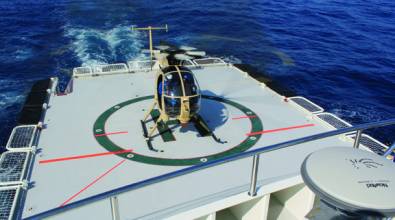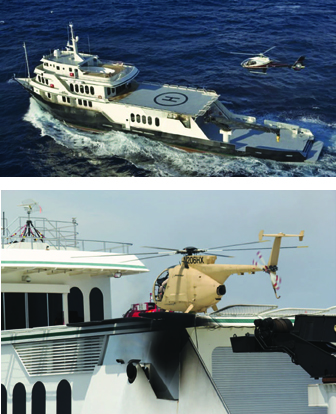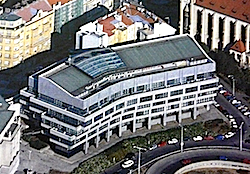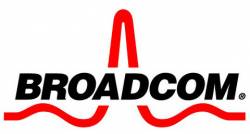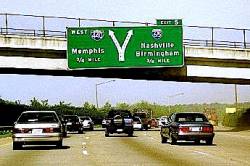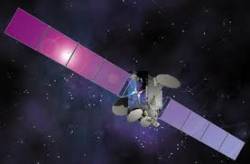The PNT Boom
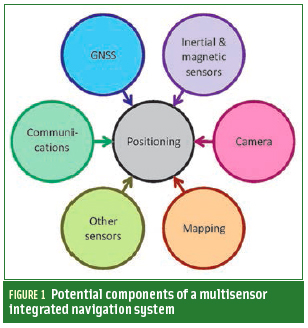 FIGURE 1: Potential components of a multisensor integrated navigation system
FIGURE 1: Potential components of a multisensor integrated navigation systemThe navigation world is booming with new ideas at the moment to meet some of the greatest positioning challenges of our times. To realize demanding applications — such as reliable pedestrian navigation, lane identification, and robustness against interference, jamming and spoofing — we need to bring these different ideas together.
By Inside GNSS

